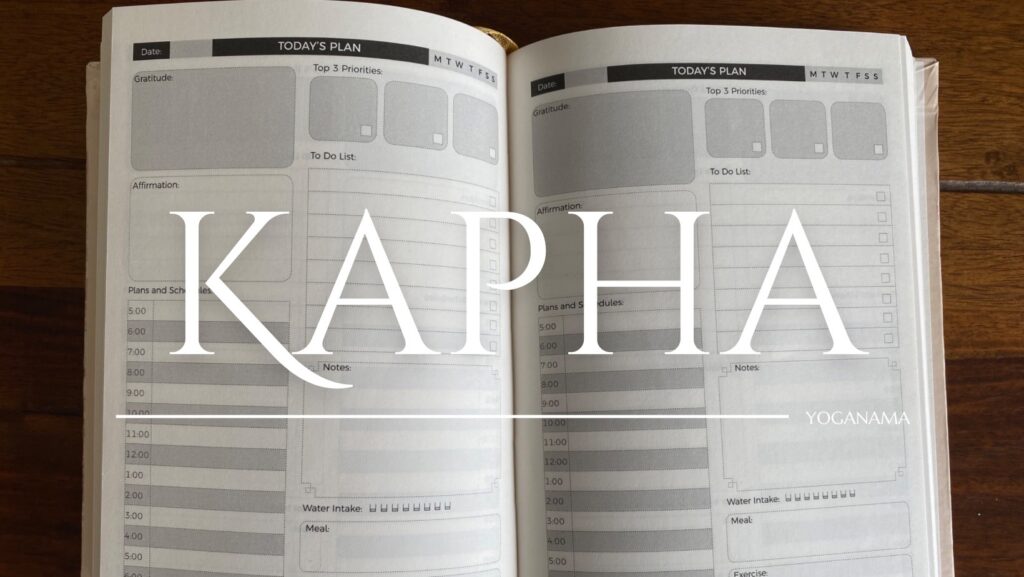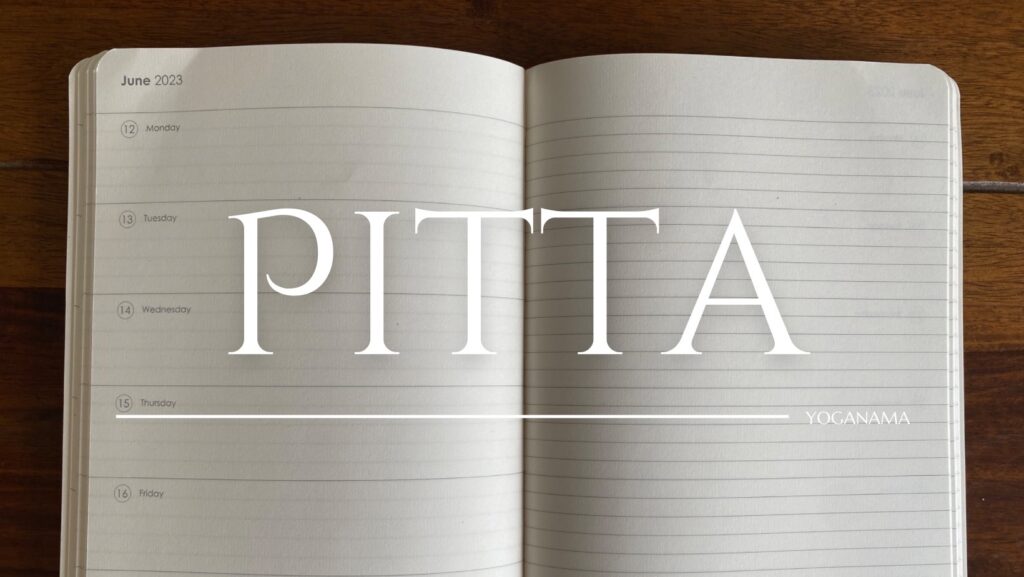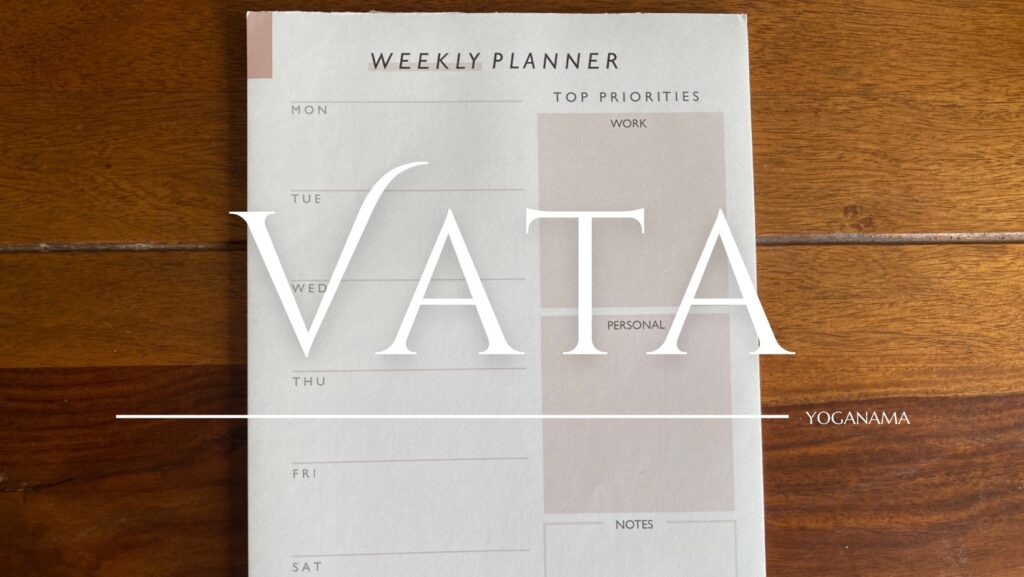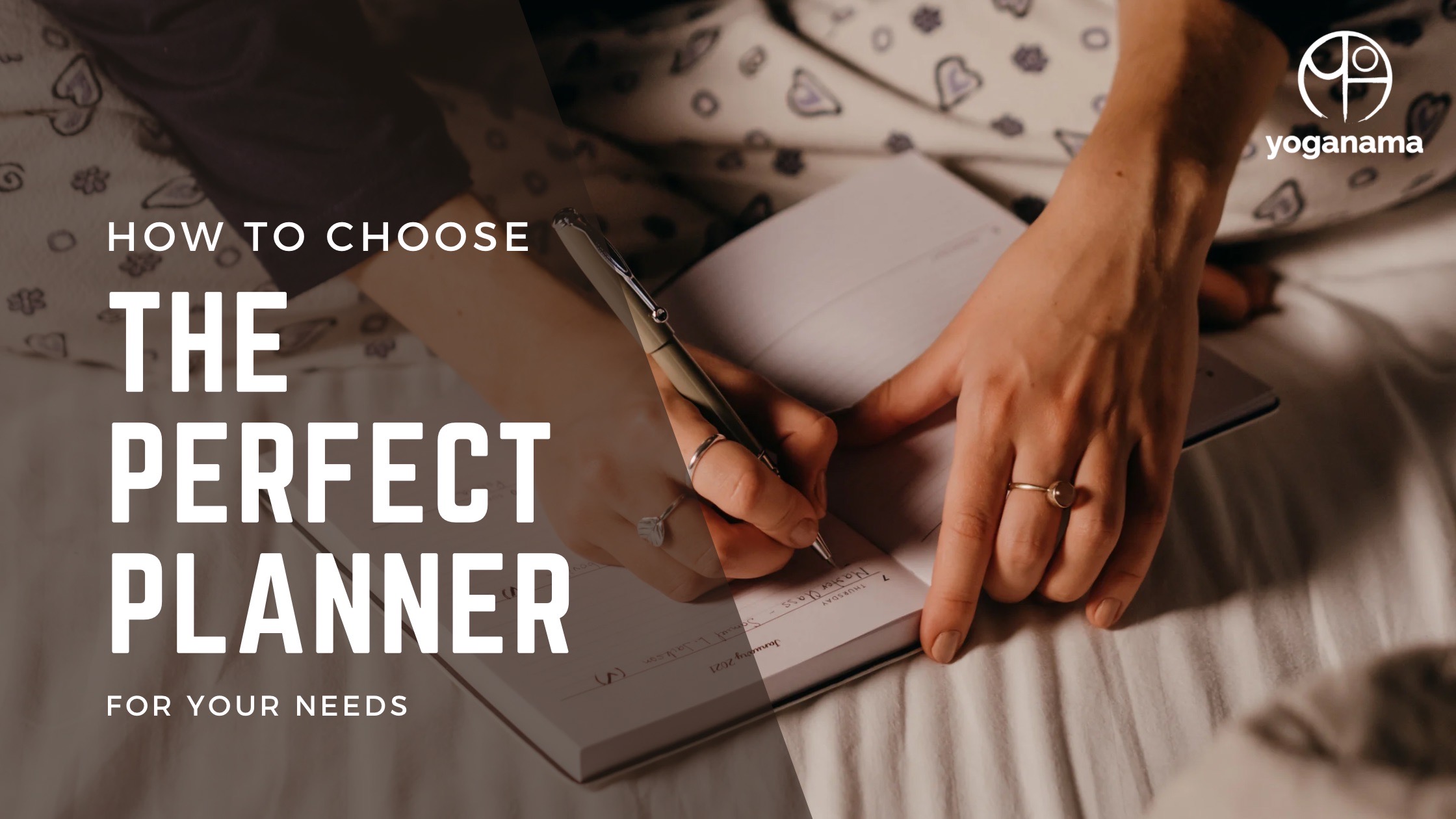The best time to set new goals, and get started with a planner are Mondays, first of the month or start of the year. Because ‘new beginnings’ or ‘landmark dates’ add an extra zest to our goal setting exercise encouraging us to follow through on them. Simply said, you are more likely to achieve a goal if you set it on a date that is the ‘first day’ of something.
No wonder, that the new year is a popular time for setting goals and making resolutions. And you must definitely make the most of this opportunity as we inch closer to 2023. In this article I will share ayurvedic insights to help you choose the best tool out there so you can meet your goals and have a productive year. And that tool is a Personal Planner.
What is a personal planner?
A planner is a tool that helps you organise your life. It is a personal organiser that helps you structure your life on a daily, weekly, monthly and yearly basis. There are many different planners out there to choose from. Some planners are really simple and others have more detailed information. Some planners are digital and some are paper-based. A planner can be used for anything from managing your schedule to managing your finances or even just staying on top of your creative ideas. A planner can also help you stay on track with your goals and aspirations in life. There is a quote by Benjamin Franklin that says “If you fail to plan, you plan to fail.” So, it is quite a powerful tool to bring about desired change in your life.
But not all planners are the same. To figure out which one is best for you, it’s important to know what you need from your planner and what features are most important to you. Since, this can be overwhelming and confusing, we will use Ayurveda to understand our needs a little better and thereby get clarity on which planner would be best for our specific lifestyle.
So, let’s begin.
Step 1: Look back at the year gone by
Take some time out for looking back at the year that has passed. This is important as it’ll help you plan your life from a more informed vantage point. Remember – that if we don’t know our history, it will have a tendency to repeat itself. Meaning we will stay stuck in a loop unable to break out of behaviour patterns that are holding us back. And right now the perfect time to reflect on what you want your life to be like in the coming years and then plan out how you are going to get there.
Step 2: Broadly define your goals
It is important to set realistic goals that are achievable, but challenging enough so they don’t become boring. You might have already set some goals for this new year, but if not, jot down at least few key priorities for the year.
Step 3 (optional): Do an Ayurvedic Assessment
If you don’t already know your Ayurvedic personality type, then you can take a quiz to find out your inherent nature. But even if you don’t it’s fine, just let your intuition and inner intelligence be your guide as you read about different Doshas in the next section.
Step 4: Use Ayurveda to choose your perfect planner
The best planners are the ones that work for you. That means they should be easy to use, offer features that are relevant to your needs, and be able to adapt as your life changes. Depending on the nature of your goals and overall objective, there are three types of planners you can choose.
Objective One: You’re looking for a complete overhaul or transformation

If you’re struggling with bringing about significant personality or lifestyle changes, then a detailed goal planner would be best. As they say, what gets measured gets done.
This planner would track multiple aspects of your life such as
- Meals
- Exercise
- Affirmations
- Daily priorities
- Hourly scheduling
- Water intake etc
So, as you can see, it would be like an accountability buddy, helping you take charge of multiple aspects of your life.
From an Ayurvedic perspective, this planner is trying to push the stagnant and stubborn energy of Kapha Dosha. Kapha is the earth element which on the positive is very stable, grounded and methodical. But in excess, it causes stagnation, excess attachment and inability to change our habits or circumstances. Kapha needs to take baby steps – small things, done everyday make all the difference.
This type of planner should however be avoided by those with excess Pitta as it’s a recipe for burnout for them. Excess Vata can certainly use it but they tend to get tired and give up when so much detailing is required.
Examples of Kapha balancing planners – Tiny changes or Laurent Blanc
Objective Two: you’re looking to achieve more without getting stressed or burnt out

If you are recovering from a stressful year which was emotionally draining and left you feeling frustrated, irritable or just very self-critical. Then you need a planner that gives you some structure but also an open canvas. A lot of empty space to be able to do your own thing is essential.
This empty space should not be used for work related stuff. Here are some ideas how you can use that blank space.
- Daily Gratitude
- Soothing affirmations
- Doodling
- Writing down 2-3 fun activities that you will do during the week
- Noting down creative ideas and insights
- Anything else you feel like (except for work)
From an Ayurvedic perspective, in this journal you’re trying to balance Pitta dosha. It will give you some structure but also an open canvas to act as a break for your intense and driven nature. Because time to time you will get to a stage where the planner is not good enough, as you would like to do ‘more’. But pitta people, often need to do less. Pitta should also soften their approach and have a planner that inspires moderation. It’s an effective way to counter the intensity and perfectionism of pitta that can make them their own worst enemies.
Another thing that works for pitta dosha is vibrant colours and visualisation. So, try and get a journal with pleasant colours. And also work on creating a vision board or drawing out your plans in the early pages of your notebook. It can be both therapeutic and motivating.
Examples of Pitta balancing planners – myPaperclip or Stay Magical
Objective Three: You have lots of energy, but very little focus, and need a structure

This is for that quintessential case of wanting to do everything and achieving nothing. If you’re the kind of person that likes to read multiple non-fiction books at the same time or is often multitasking when they shouldn’t be, then this is the journal for you. Its purpose is to stop you from spreading yourself too thin and to focus and sharpen your energies towards specific, fixed goals.
This should be a concise planner, preferably with big font and large page size. Instead of one page per day, it should have one page per week. There should be enough space to highlight your top personal or professional goals for the week. And then space for daily tracking. You can also at a habit tracker where you simply boxes every day for the weekly goals.
From an Ayurvedic perspective, you’re trying to balance Vata dosha. And vata works best with moderate amount of control. Give Vata people a free hand and they’ll be all over the place, doing a little bit of everything and achieving nothing concrete. Put too many controls and it’ll crush their spirit. Vata people are also highly creative, mobile and restless. Which makes them prone to anxiety and attention deficit. Instead of a complicated planner with too many activities they’ll potentially do well with just one page that they look at every day. Less items but more consistent, repetitive reminders would be the way to go.
Examples of Vata balancing planners – The journal lab or The Habit Store
Still confused about what planner to buy?
If this was still a bit confusing, take a break, let the information sink in. And perhaps tomorrow you can come back to read a little bit more about Ayurveda. I would suggest this blog where I talk about the basics of Doshas and other beginner friendly ayurvedic concepts. Your objective is simply to absorb this information, contemplate and reflect on it. And then, allow your mind to be a bit more intuitive.
Conclusion
In Summary, take a look back at the year gone by, broadly define your top goals and then use Ayurveda to categorise your objective. For transformation, choose Kapha balancing planner. For meeting goals without burning out choose a pitta balancing one. And for focussing your energy choose a Vata balancing one.
Remember to stay intuitive, this whole exercise will bring you clarity and help YOU to pick the planner that is most relevant for YOUR 2023.
On that note, I hope the new year helps you meet all your goals and makes your vision and dreams come true!







